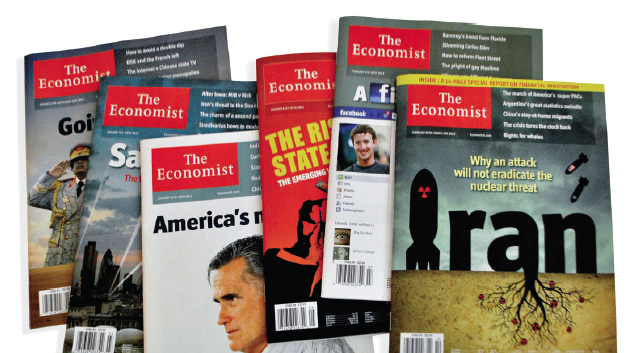The Economist divides its digital products into those that involve two reading behaviours: “lean-back 2.0”, which is the print-like digital experience of tablets, and “lean-forward 2.0”, a website experience.
At today’s PPA Digital Publishing Conference, Neelay Patel, vice president, commercial strategy, The Economist, said the title therefore offers three product types: lean-back in print, lean-forward on the web, and lean-back in digital.
And the new platforms are expanding the reach of the 160-year-old title, Patel explained.
Our potential audience is now much broader with digital.
Lean back
“Lean-back 2.0” is an “immersive, reflexive, browsable, ritualistic, finishable” experience, Patel explained.
Lean-back readers like long-form journalism. “42 per cent of tablet news readers regularly read in-depth articles,” Patel said, based on a study the title did with the Pew Research Center. “And another 40 per cent sometimes do this.”
The Economist has taken this research and used the information when thinking about its “lean-back 2.0” strategy.
And digital solves distribution problems. Patel explained that with print it could take six days, until the Wednesday after being published on a Thursday, to get an edition to Latin America or Australia. “With digital it’s instant.”
Lean forward
“Lean-forward 2.0” is about the web experience. The online readership is very social, with articles spread via social media. In response to a question from a conference delegate, Patel said that social is one factor that helps The Economist address a potential hurdle – that those unfamiliar with the content think it is all about economics.
The discoverability of the content on the web (or lean-forward 2.0) and the social elements helps market the content. By coming across articles online “you then find out that it’s about far more than economics”, Patel explained.
Spreading the word
So The Economist aims to introduce its content to audiences that “do not know our brand” and has to get the marketing message across to jump the hurdle of the name ‘The Economist’, Patel said.
One of its challenges is to get that and other marketing messages in the “tiny little squares” offered by banners, buttons and icons of digital, Patel added.
In closing he said:
We’ve been very successful in print – and now we are successful in digital. But we must continually challenge ourselves.

